Tips: European architecture in Tianjin is a window showcasing China’s historical changes. The old concessions are very quaint and it is even possible to take a carriage-ride around the Five-Avenue Area. In the space of an hour you can see the houses of two former presidents and seven former premiers of the Republic of China government (1912-1949) – just like a time traveler.
The Garden of Serenity (Jingyuan)
The Garden of Serenity was constructed in 1921. Originally named Qianyuan Garden, it was first the residence of Lu Zongyu, minister-counselor to Japan, appointed by the Beiyang Government. The last emperor of the Qing Dynasty, Puyi, also lived here after his abdication, from July 1929 to November 1931. He changed the name to Jingyuan, which references his desire to strengthen and ennoble his spirit by living in a peaceful environment.
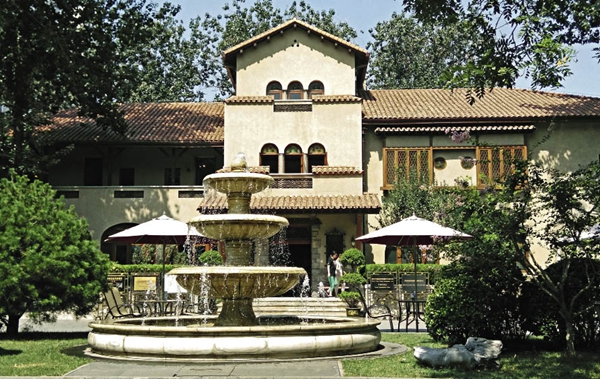
The main building, built in brick and wood, combines Spanish and Japanese architectural styles. There is a peaceful garden with lawns and trees. An excellent example of an old private residence in Tianjin, the complex is now well-preserved and features an exhibition on Puyi’s life at the Garden of Serenity.
Address: 70 Anshan Road, Heping District
Transport: Anshan Road (Subway Line 1)
Tickets & Opening Hours: Closed Monday; Tuesday to Sunday, 8.30-5pm. RMB 20 per person
Zhangyuan Garden
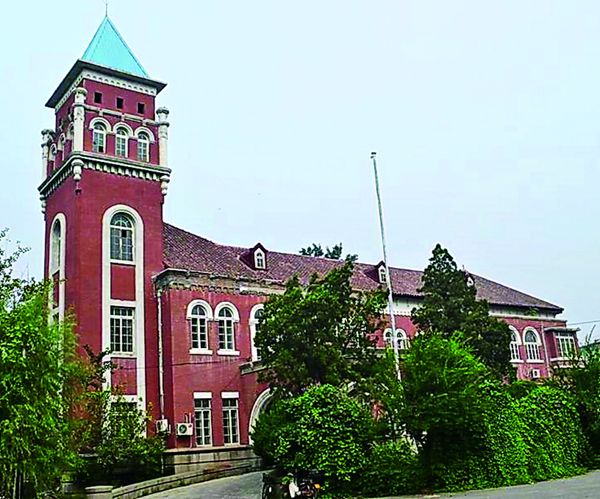
This grand mansion at 59 Anshan Road, Heping District, was built in 1915 by Zhang Biao, a former high-ranking official in the Qing Court. In 1924, Dr. Sun Yat-sen and his wife Soong Ching Ling stayed in the house for several months. In 1925, Puyi, the last emperor of China, had a brief stay here after he was exiled from Beijing. It was in this house that he set up what he called the “Qing Court Office in Tianjin.” It is certainly a strange coincidence that the founder of the Republic of China and the last emperor chose exactly the same place to live, though at different times – and this odd fact has always interested historians. The mansion is visible from the street, but the buildings and gardens are not open to the public at present.
Italianate Street
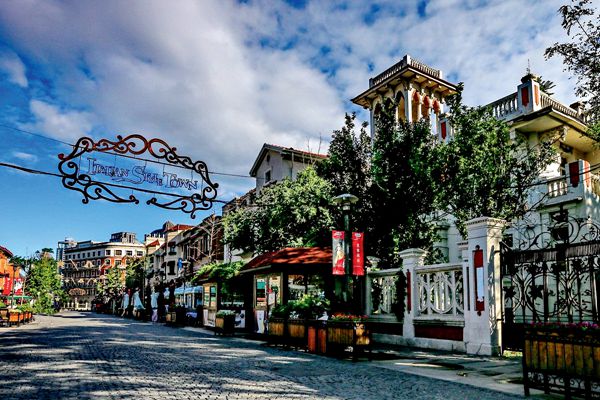
Nearly 200 European-style buildings have been conserved in the old Italian Concession and form the modern “Italian-style Street” on the north bank of the Haihe River. The street has been developed as a shopping center and entertainment district. A square named after Marco Polo is surrounded by numerous Italianate edifices. Well-known academics and politicians used to reside here, including Liang Qichao, Cao Yu, Li Shutong, Yuan Shikai, and Feng Guozhang. Pictures of their former residences will be a highlight of your photo albums.
Transport: Jianguo Road (Subway Line 2)
Tips: Most snacks in Tianjin are made of flour. Some are deep fried or baked while some are made into sticky sweets. Goubuli steamed stuffed buns (baozi), ear-hole fried cake and Guifaxiang fried dough twists are the top three local snacks.
Goubuli Steamed Stuffed Buns
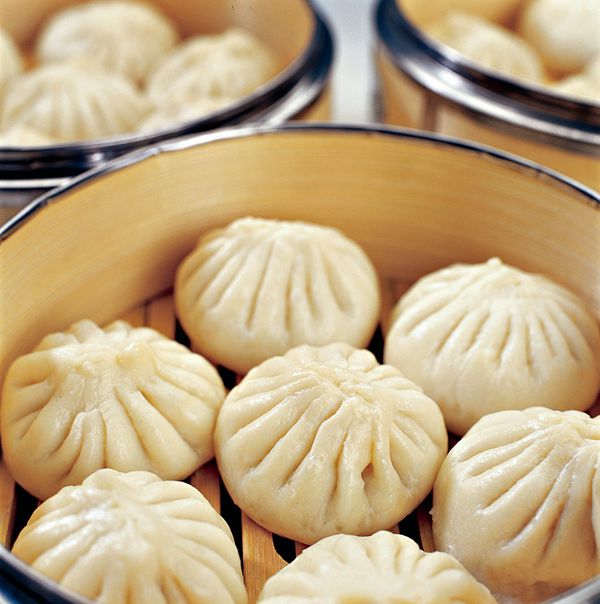
Going back over 150 years, Goubuli is the most typical Tianjin snack. Its founder Gao Guiyou was nicknamed as “Gouzi” (doggy) when he was a child. A diligent and honest young man, Gao later opened a shop selling his homemade steamed stuffed buns. He was so busy making and selling his steamed buns that he did not even have time to talk to his customers. People joked that “doggy” sold buns and heeded nobody. Then the steamed stuffed buns acquired the name Goubuli, which means a dog that refuses to respond. The buns are known for their selected flour and fillings that are juicy but not greasy. The traditional method of making the buns is now part of the national cultural heritage, and new flavors are also constantly being created.
Earhole Fried Cake
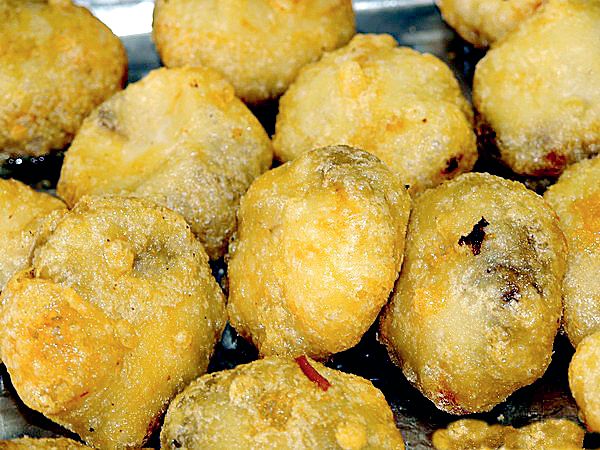
This cake is made of glutinous rice dough. The filling is bean paste made with red beans and sugar. The first shop to sell this dessert was in an alley called Erduoyan (Ear Hole), hence its name. The pastry of the fried cake is crispy and golden, while the filling is tender with a lingering sweet taste. People have been making this Earhole Fried Cake for over 100 years, prompting the China Cuisine Association to name it one of the most famous Chinese snacks.
Shibajie Fried Dough Twists
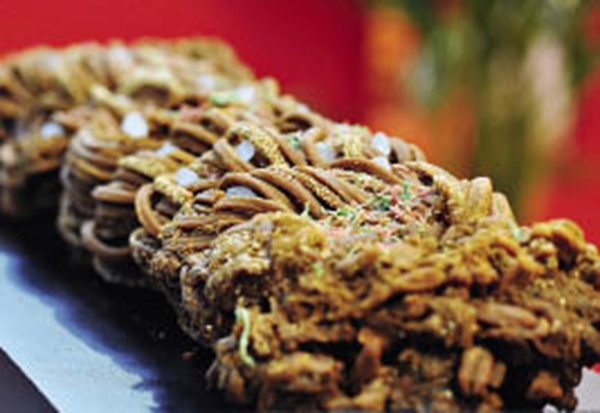
Guifaxiang, a shop selling fried dough twists, was originally situated on 18th Street, just off South Dagu Road, which made its fried dough twists get the name Shibajie (18th Street). Each portion of dough is stuffed with a variety of fillings such as walnuts, prunes, and sweet osmanthus. The dough twists are then fried in peanut oil and sprinkled with rock candy and dried fruits. The crispy snacks can keep well for several months, and you can also buy small ones.
(Compiled by China Today)






